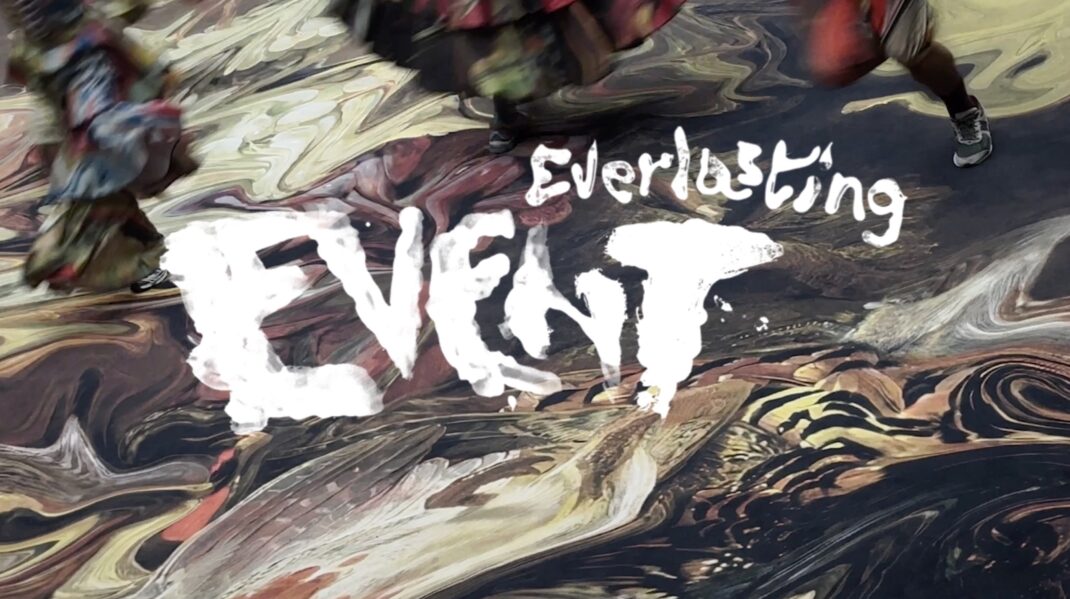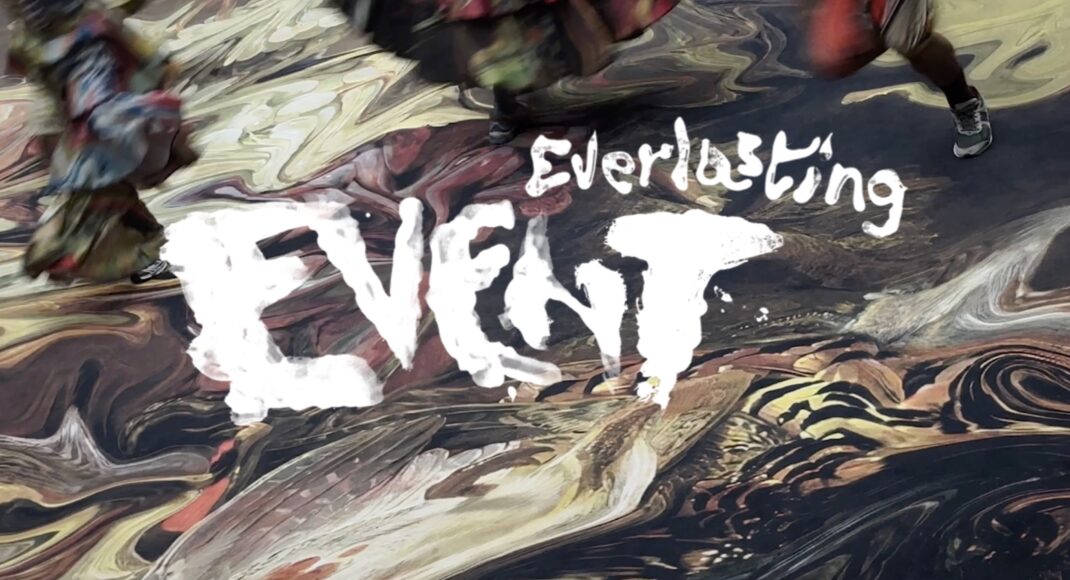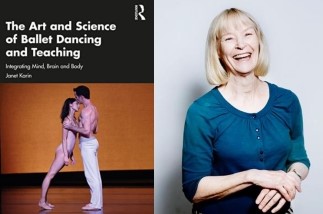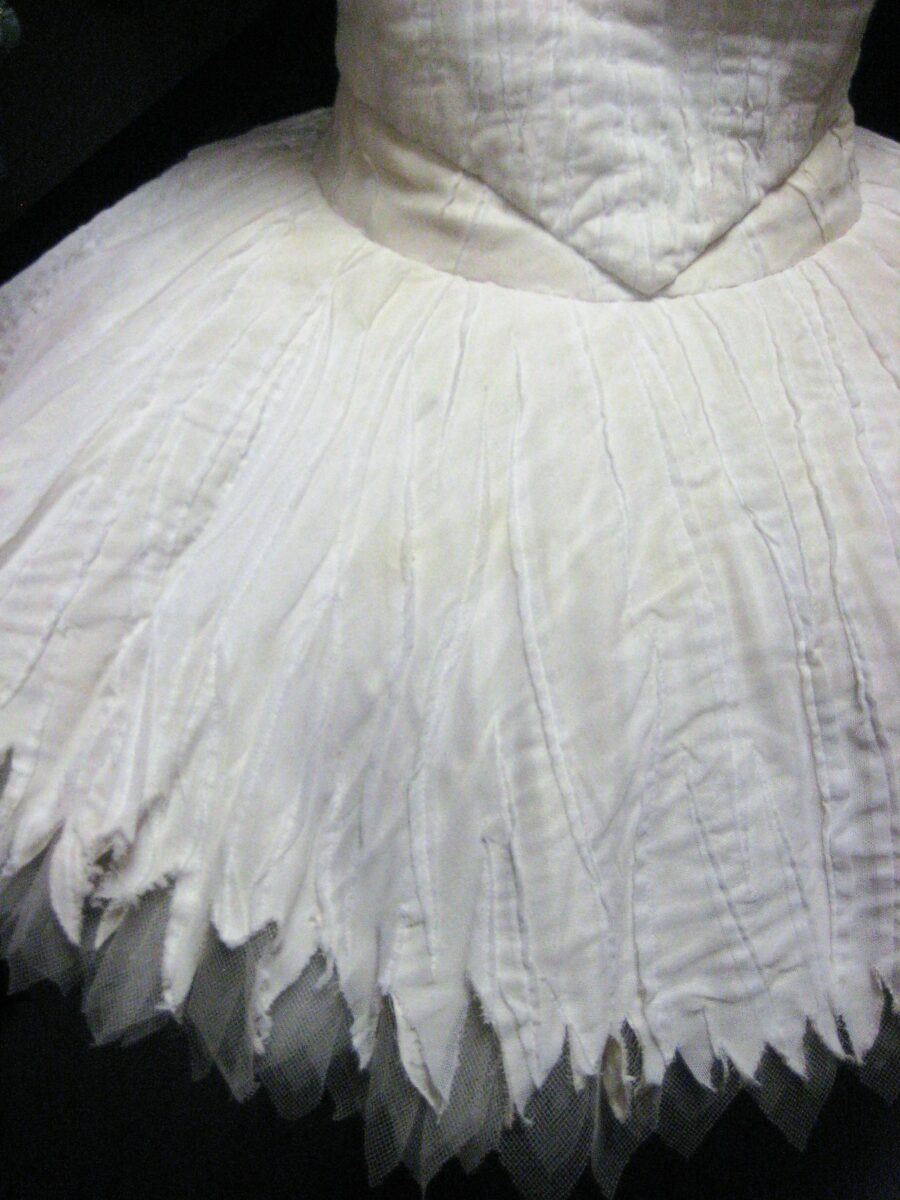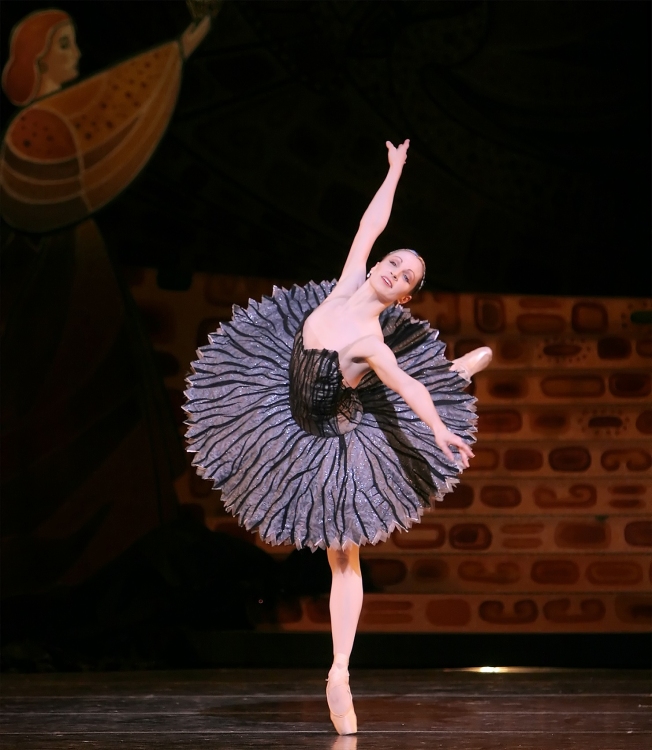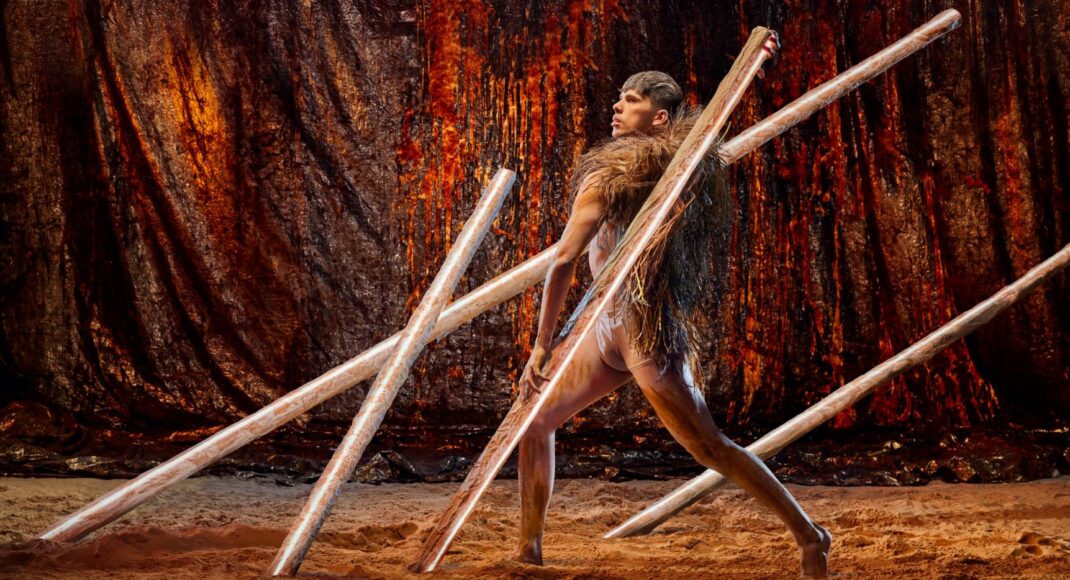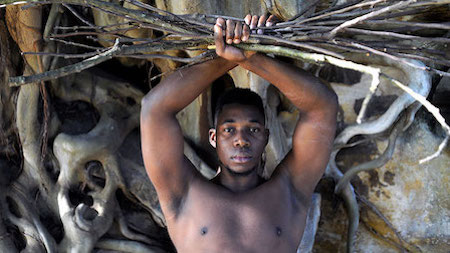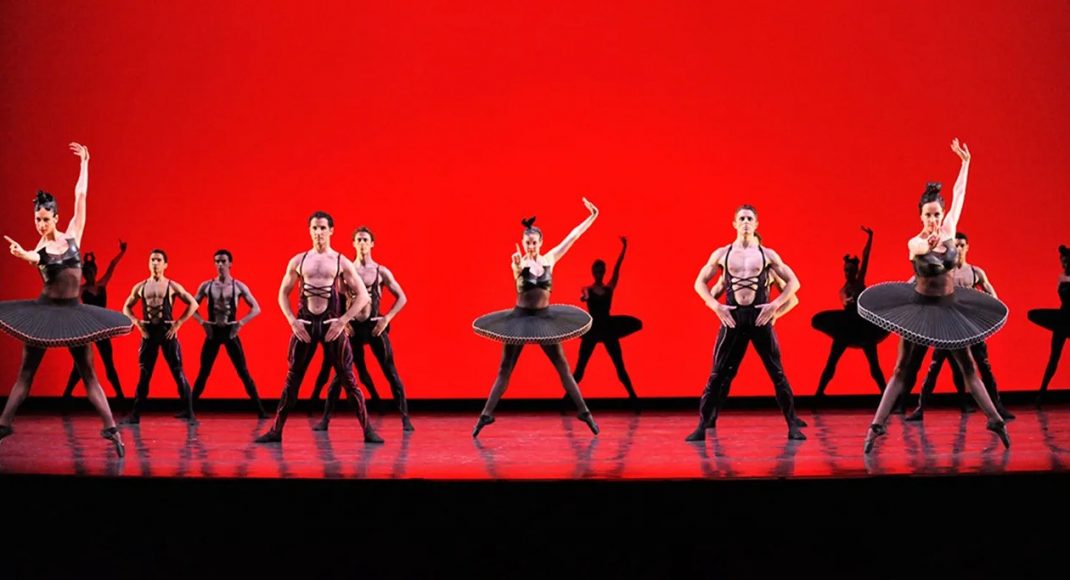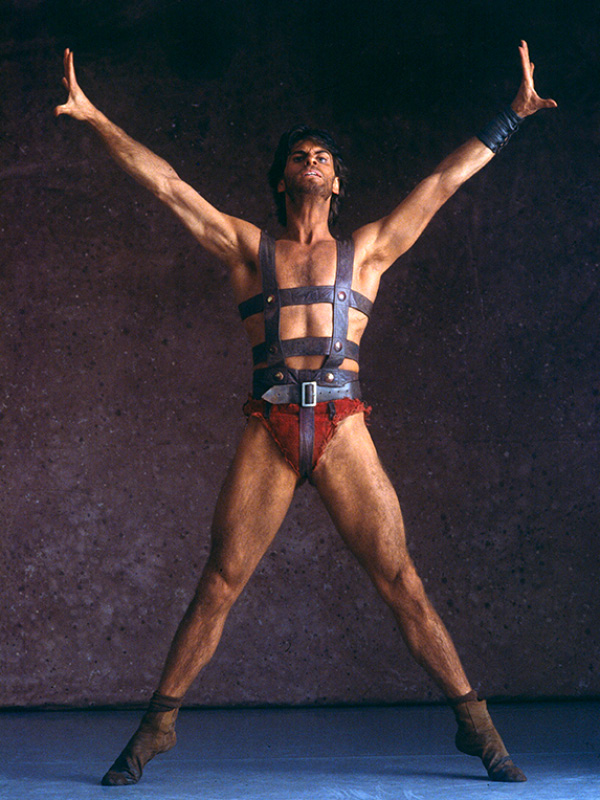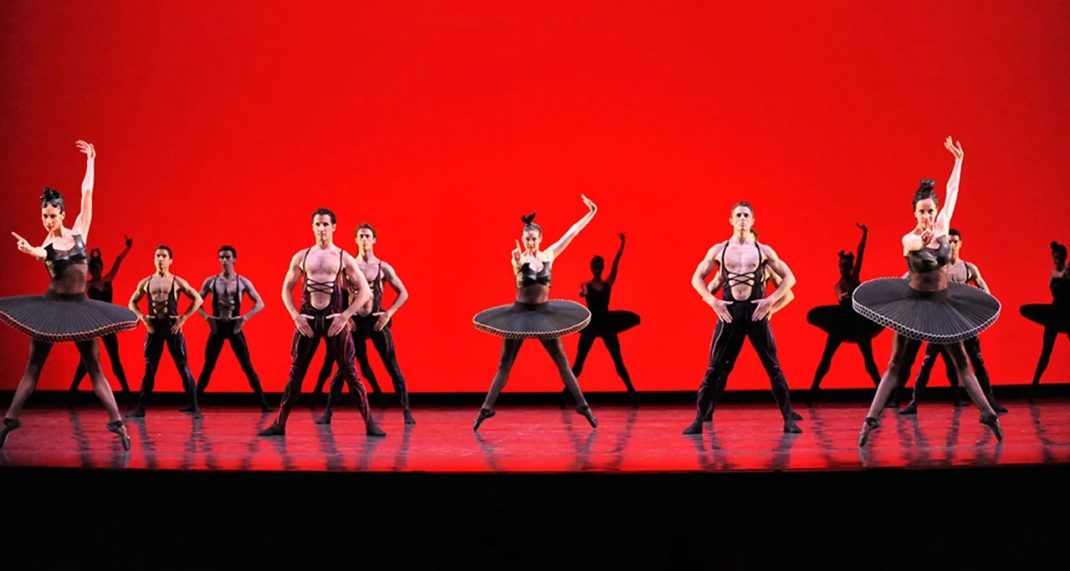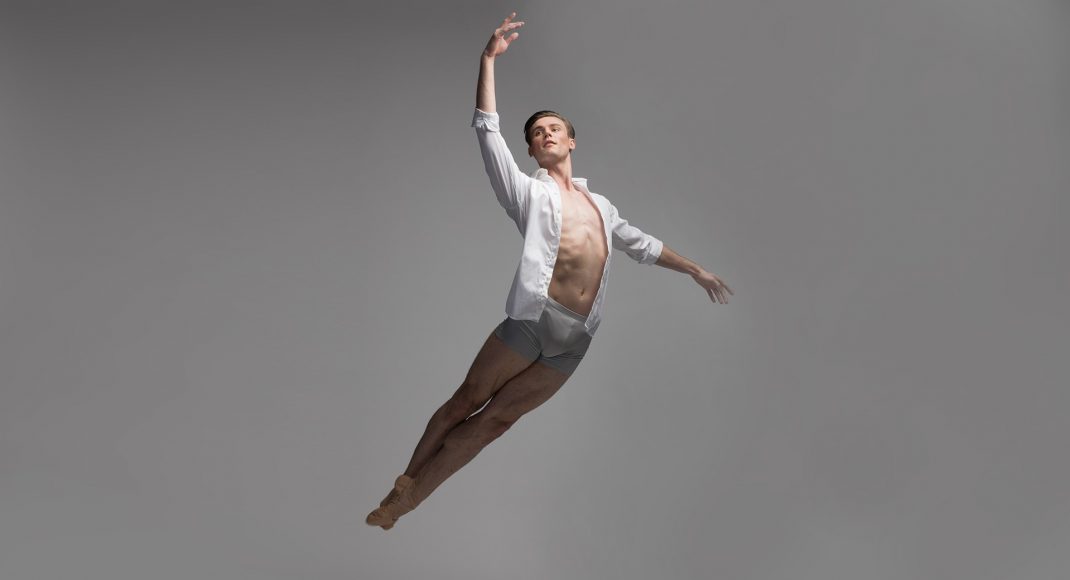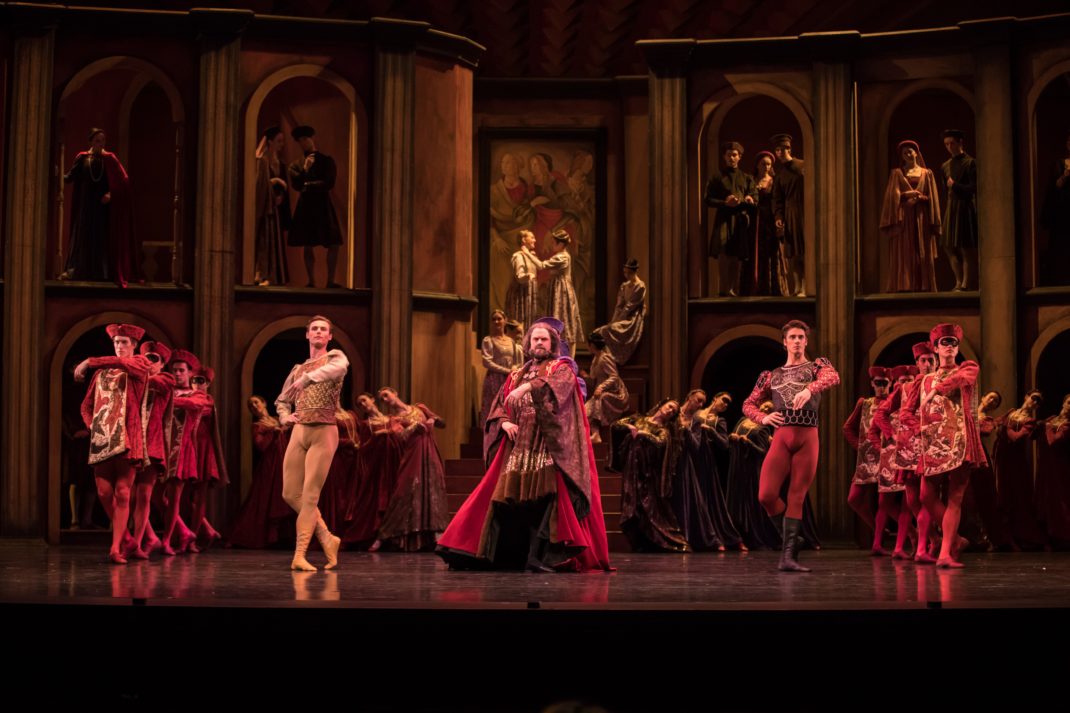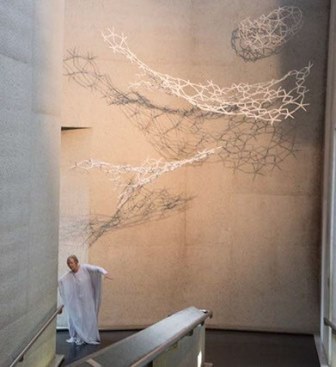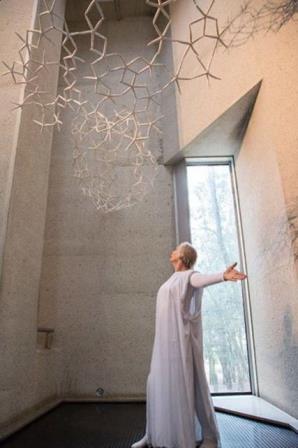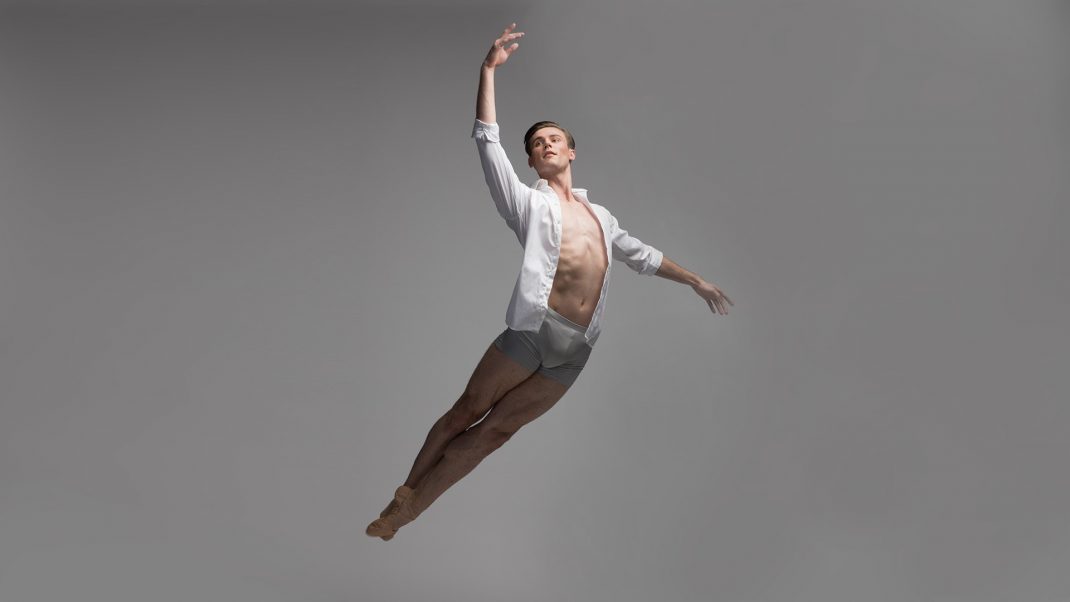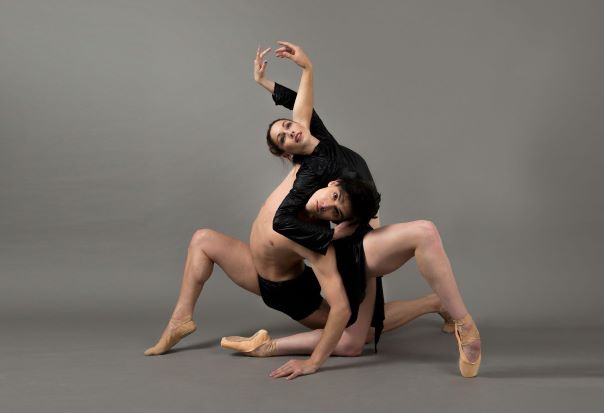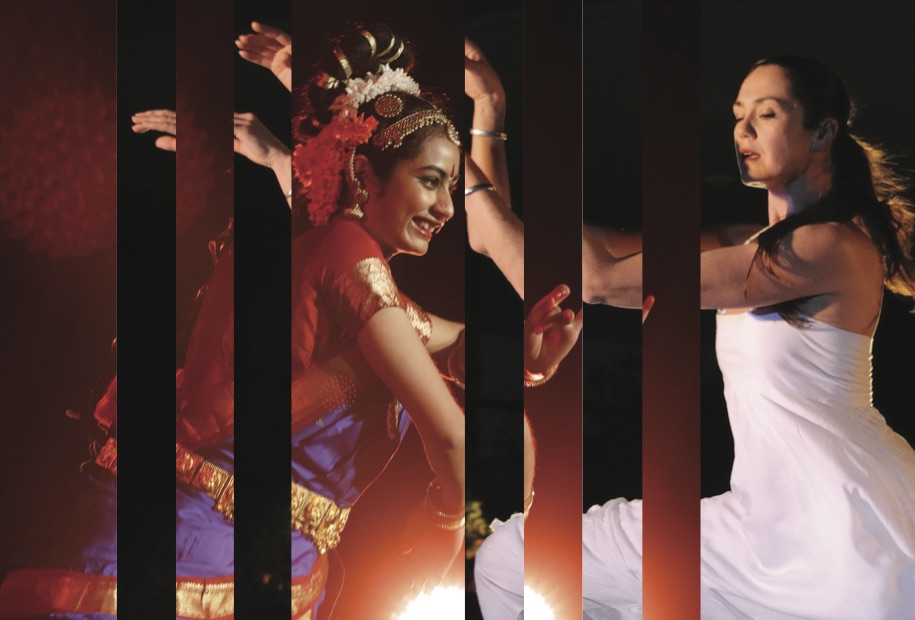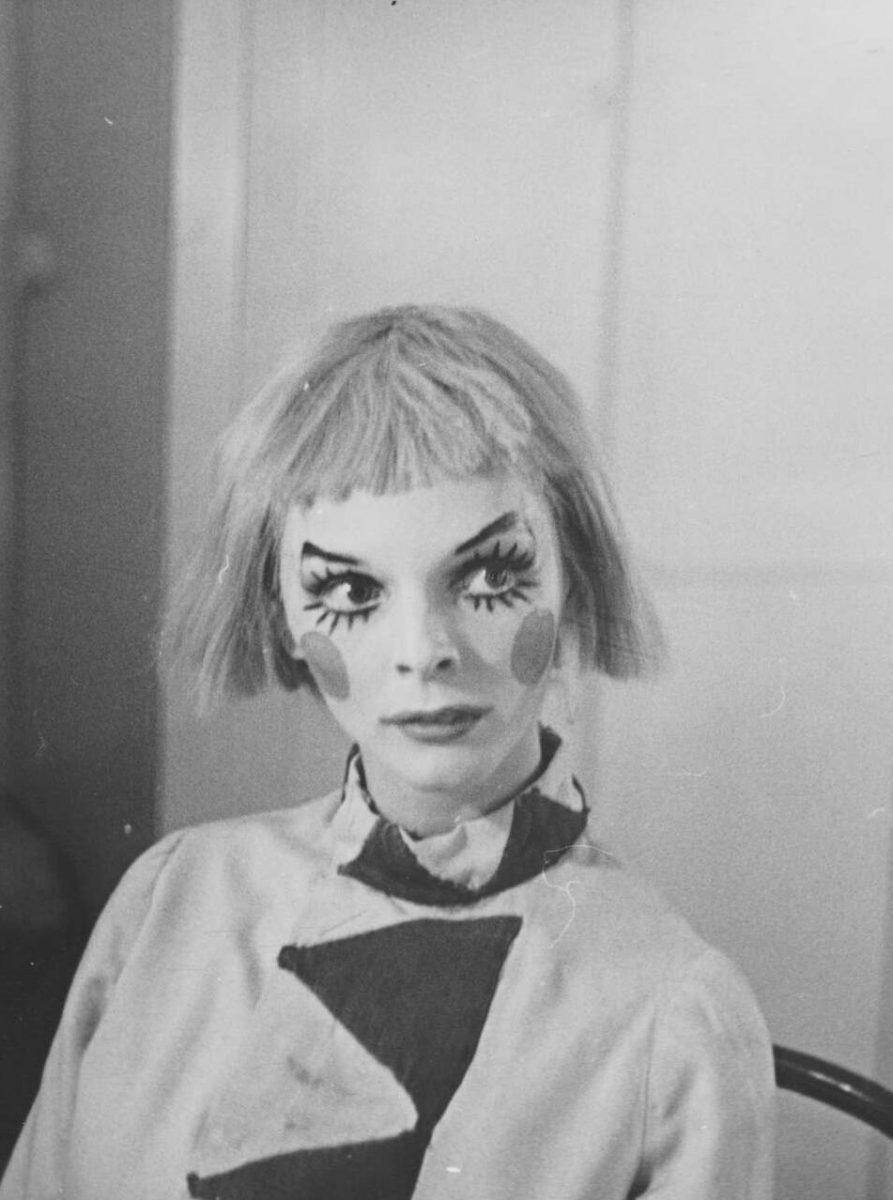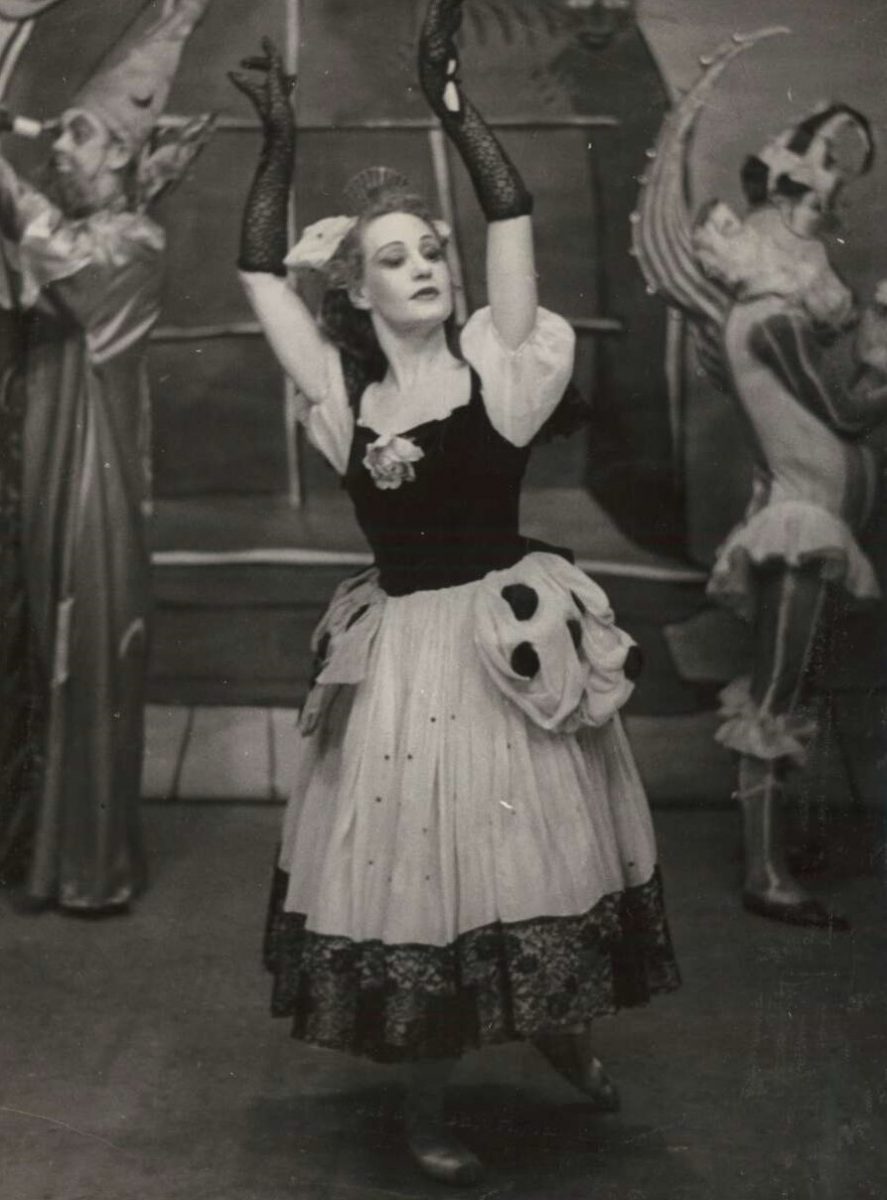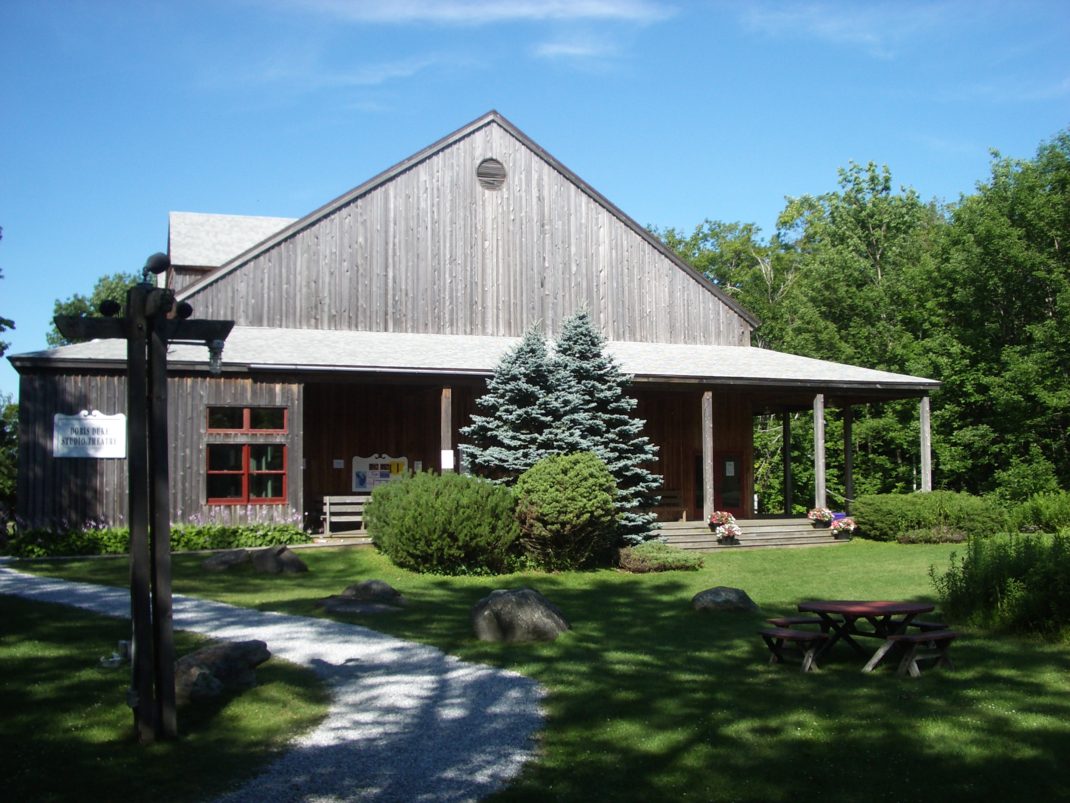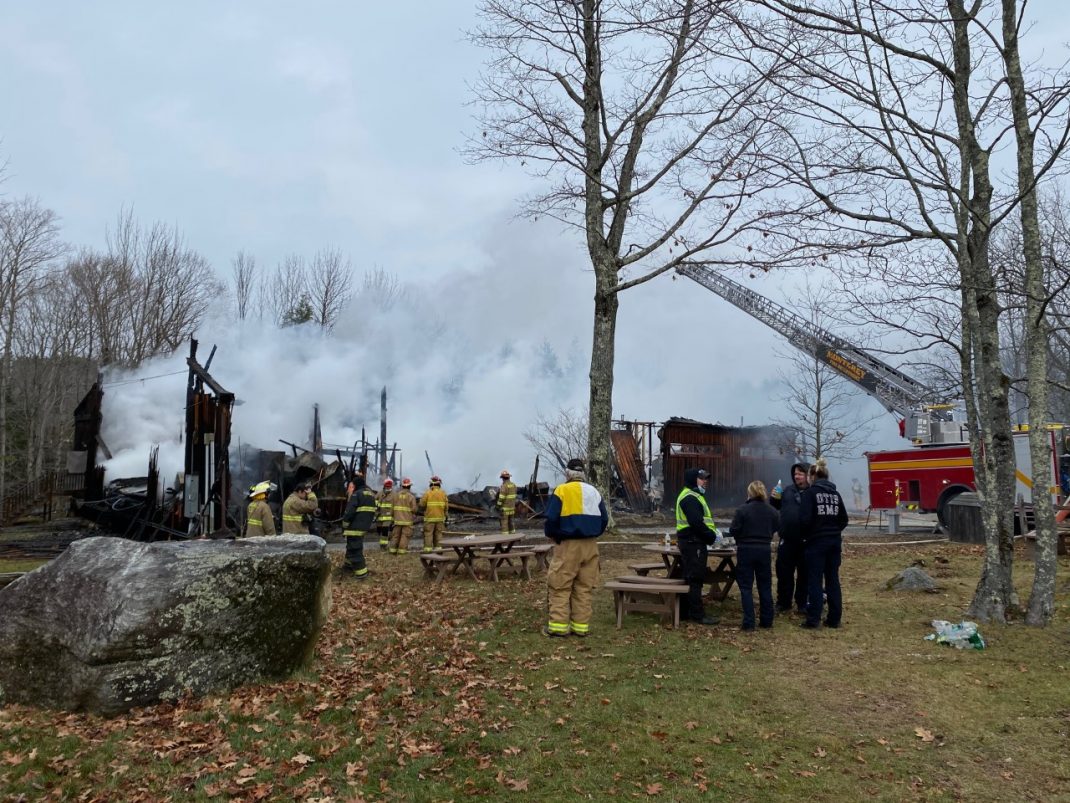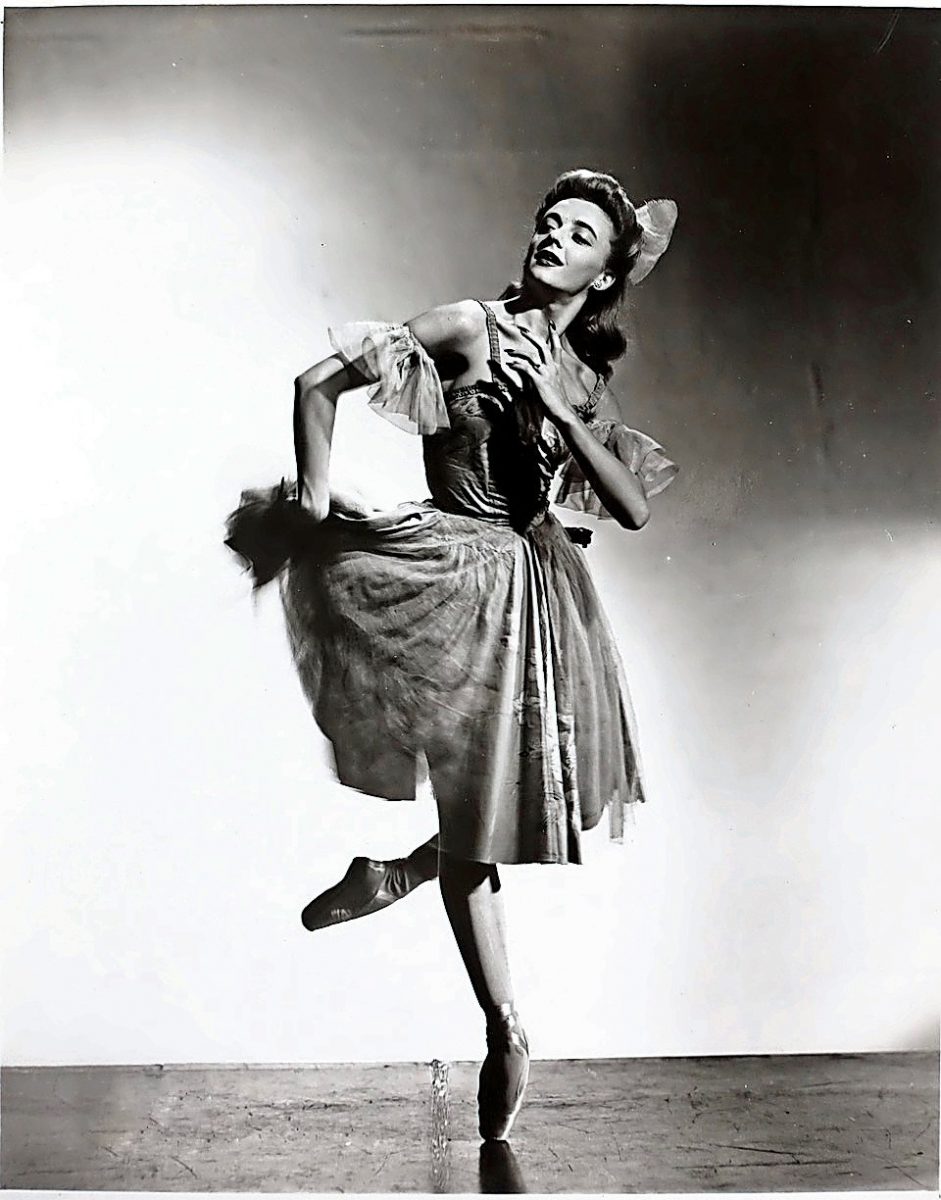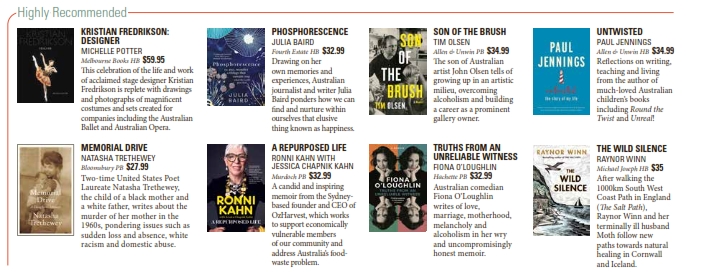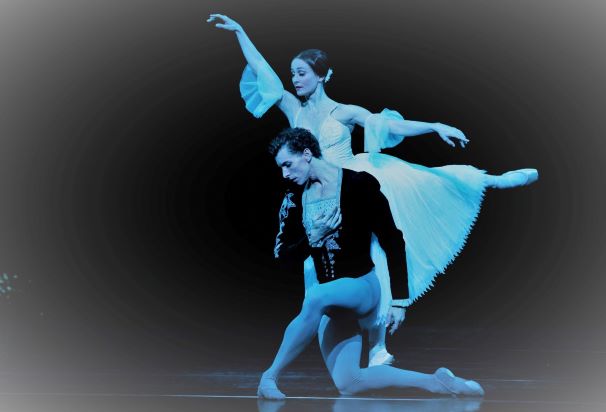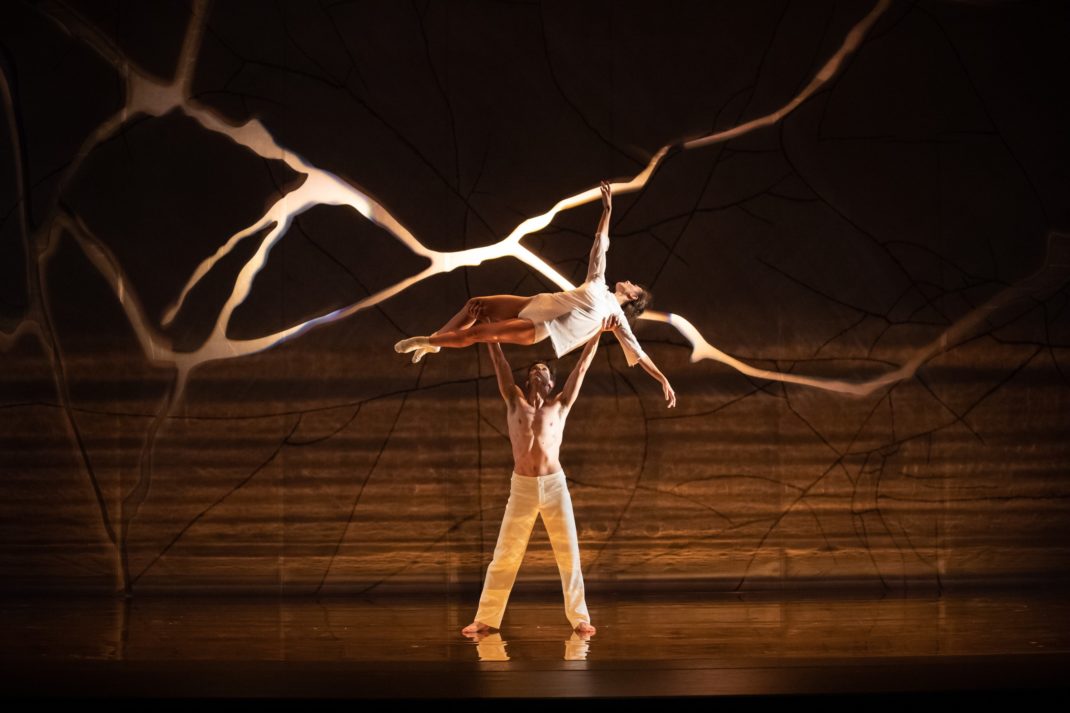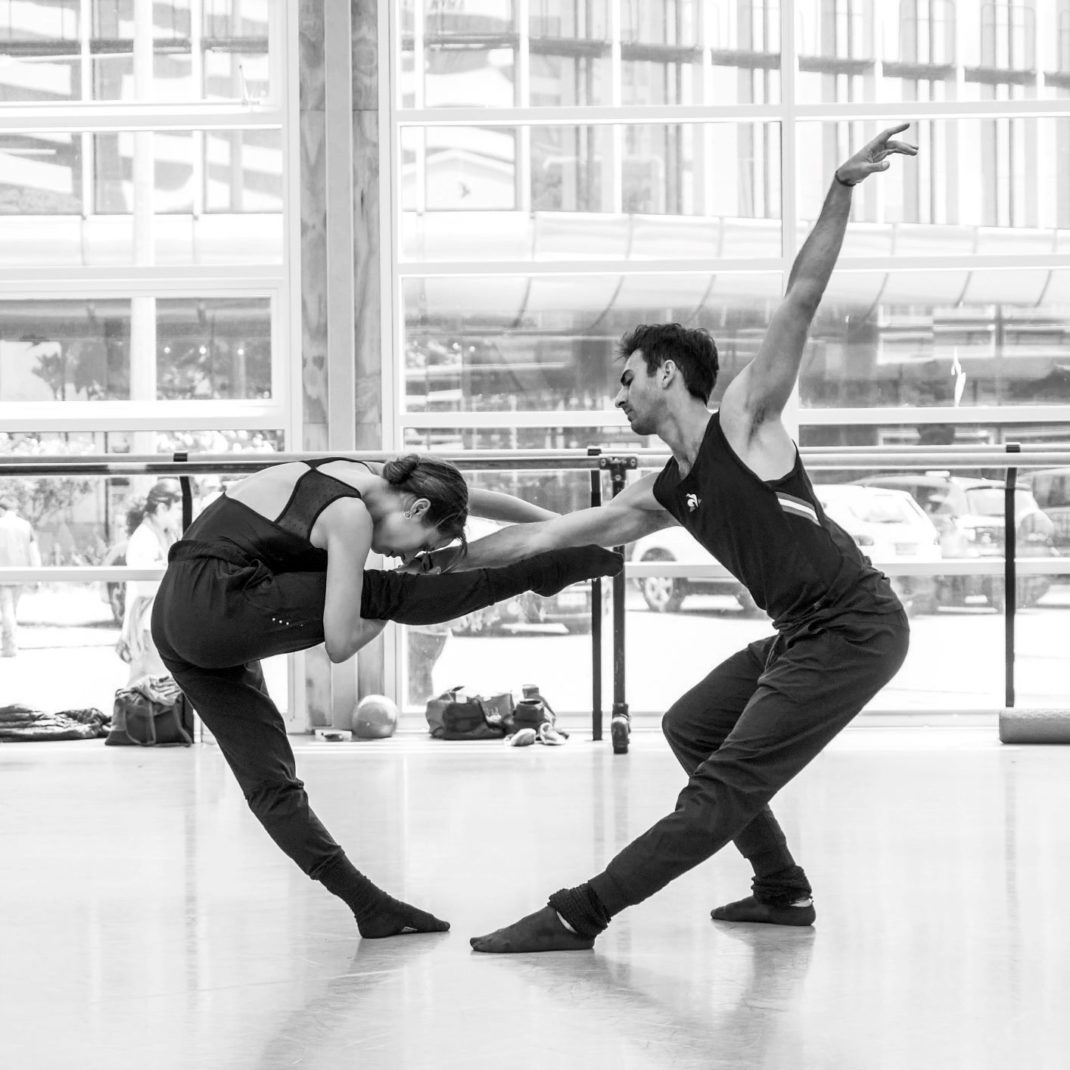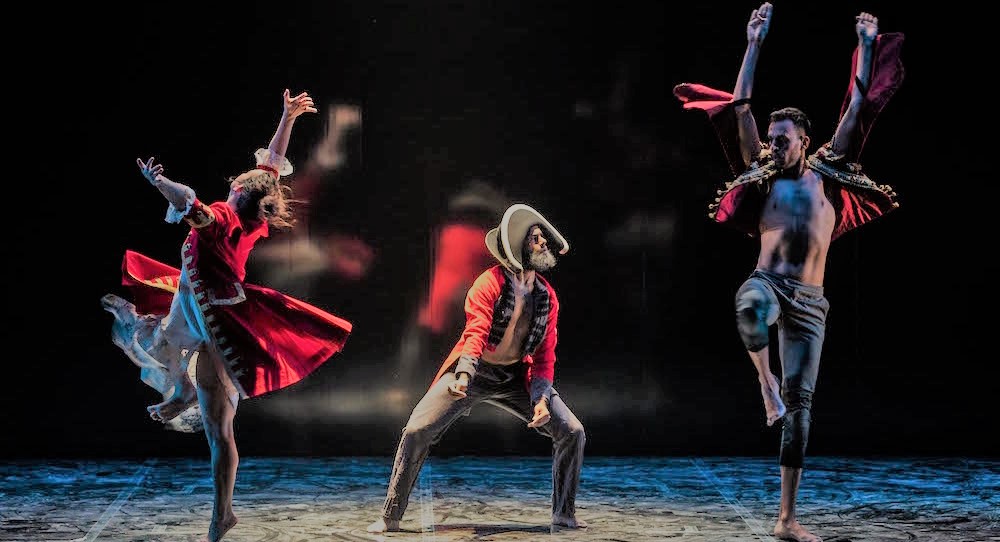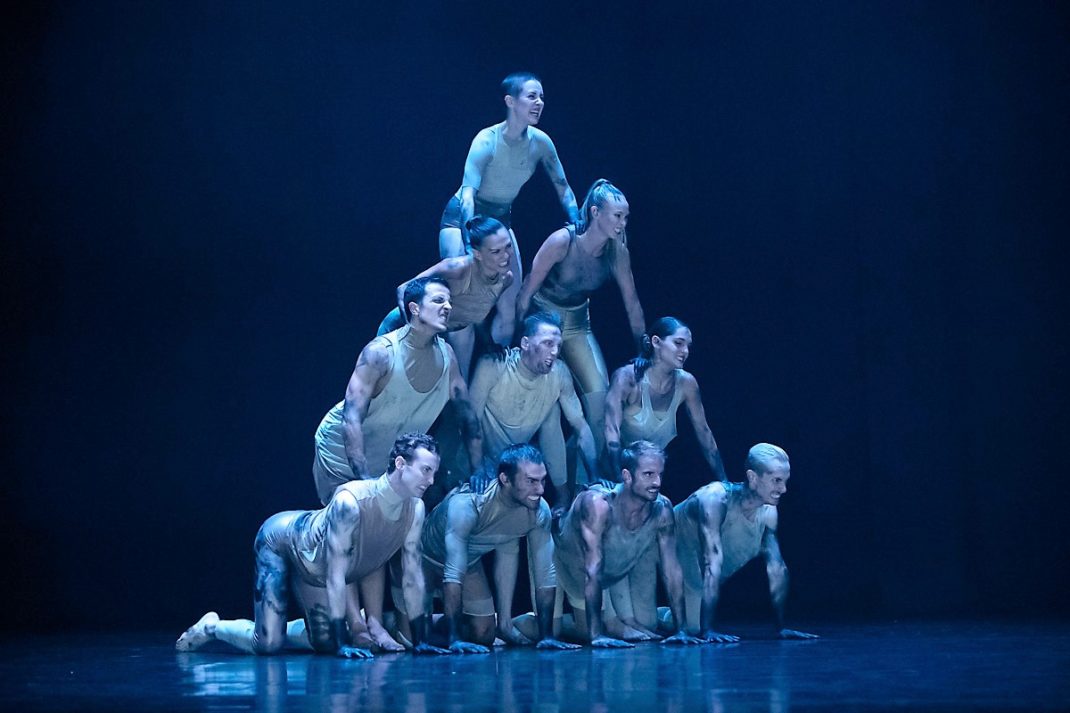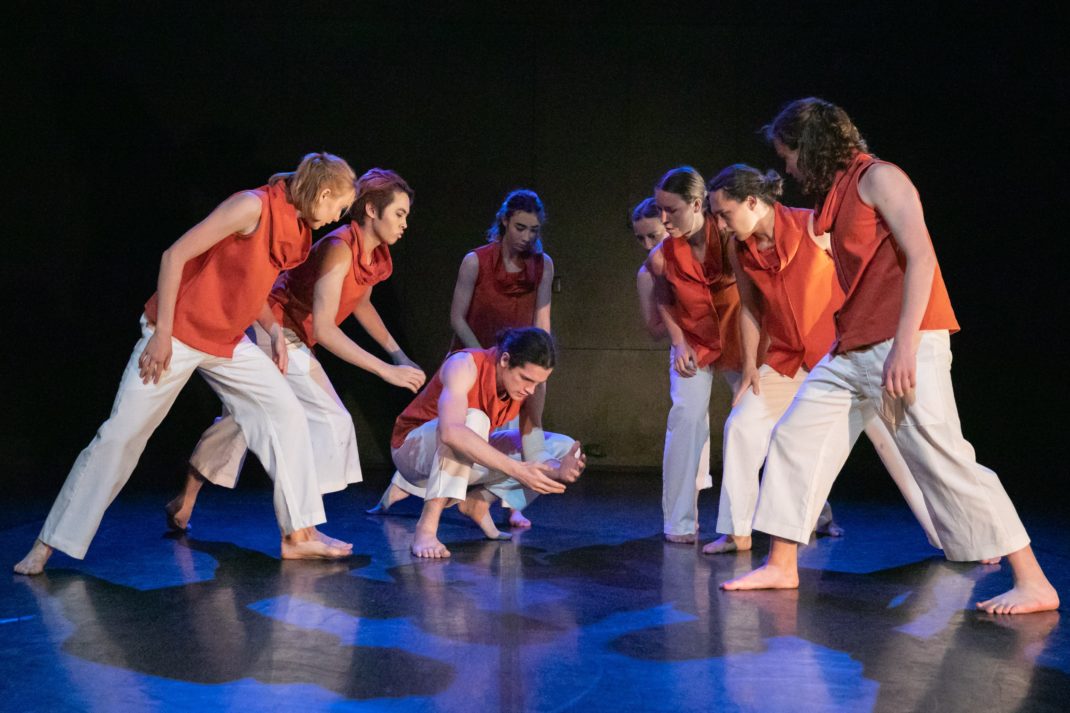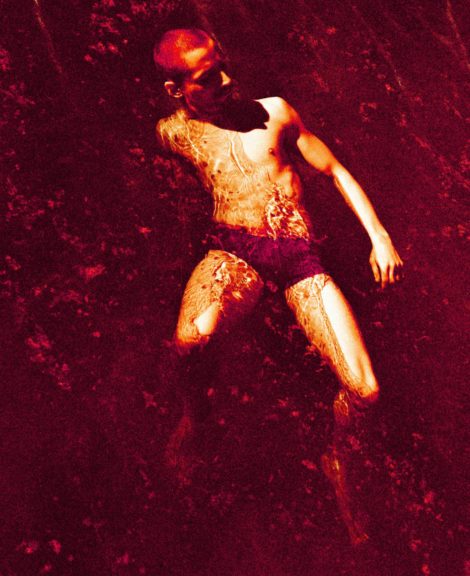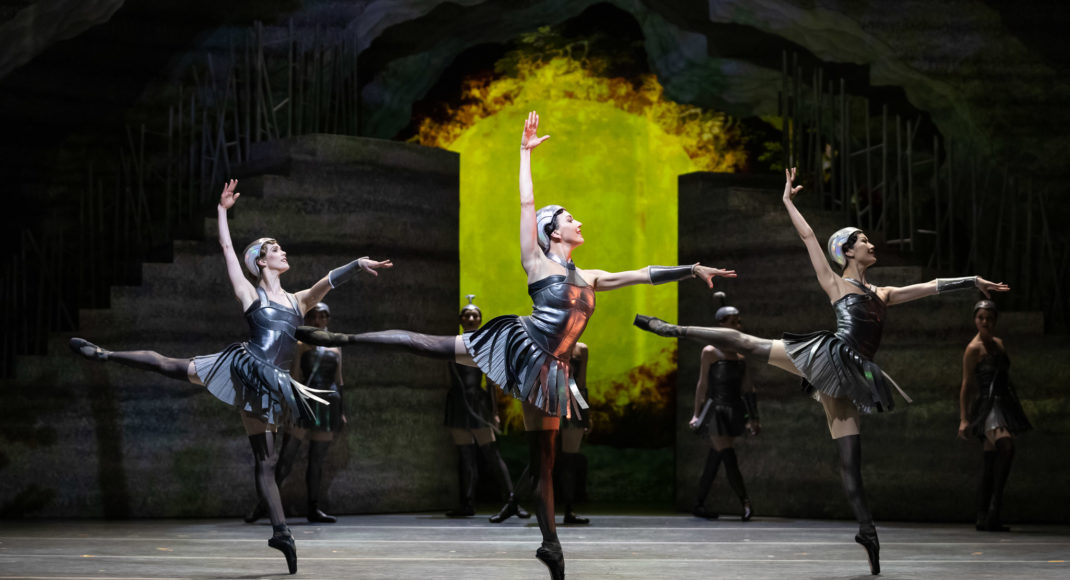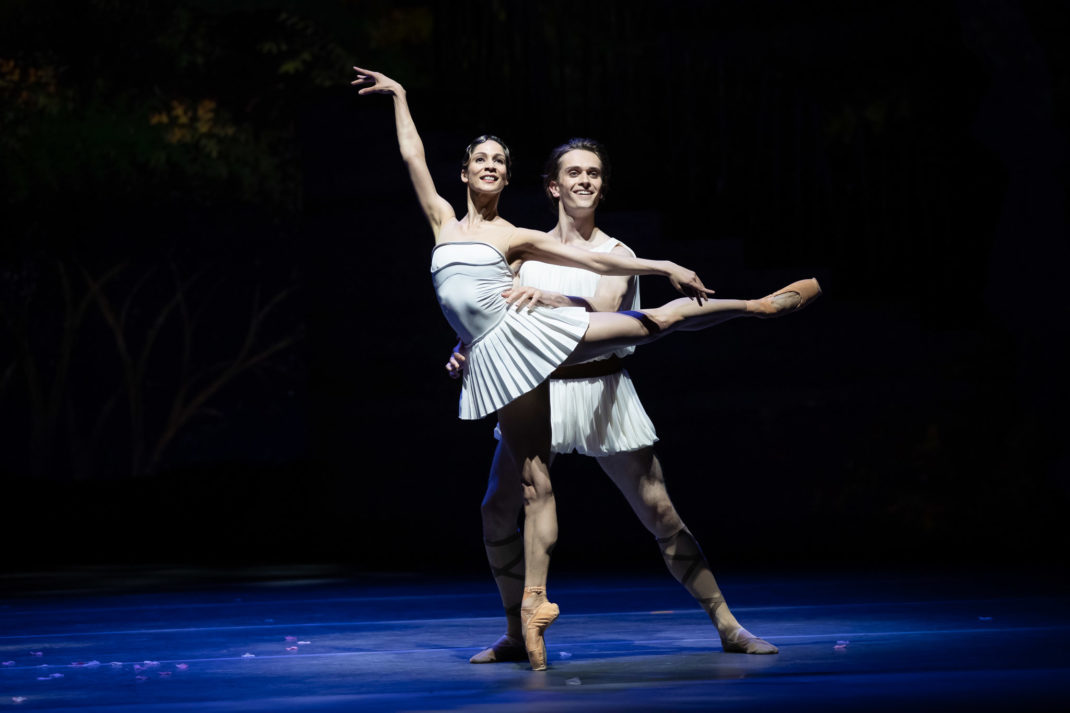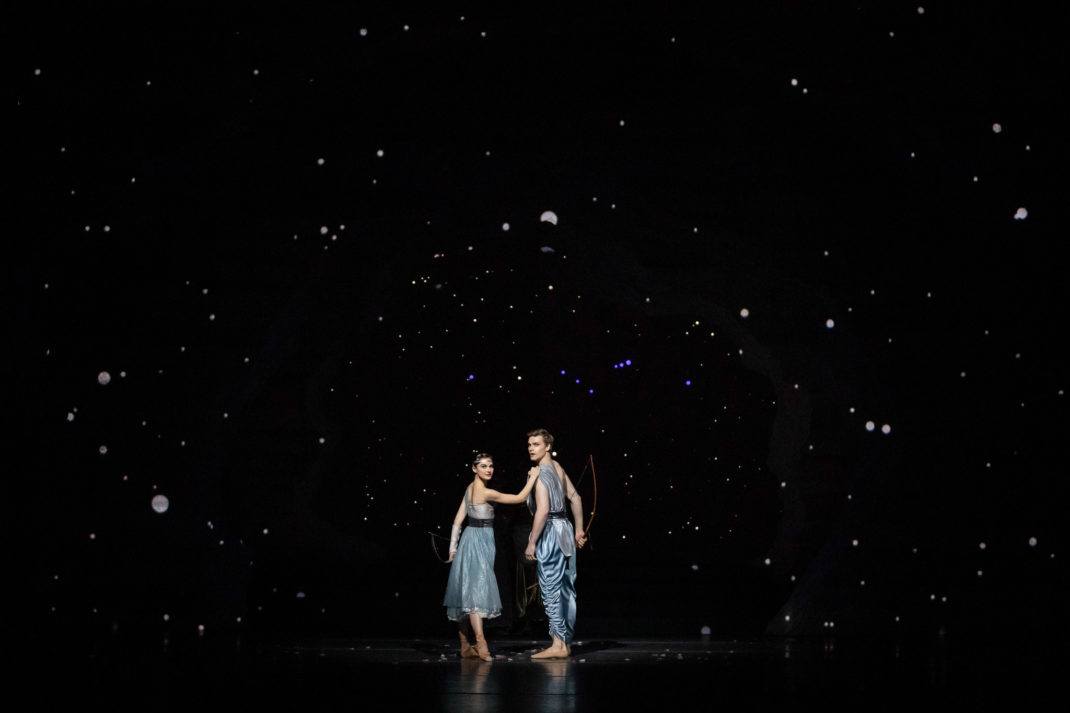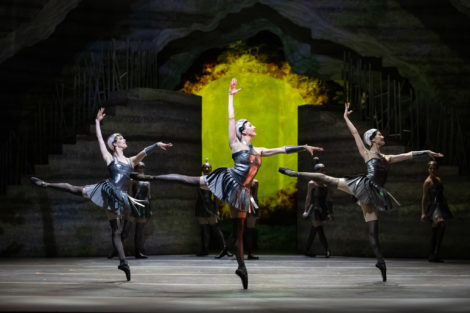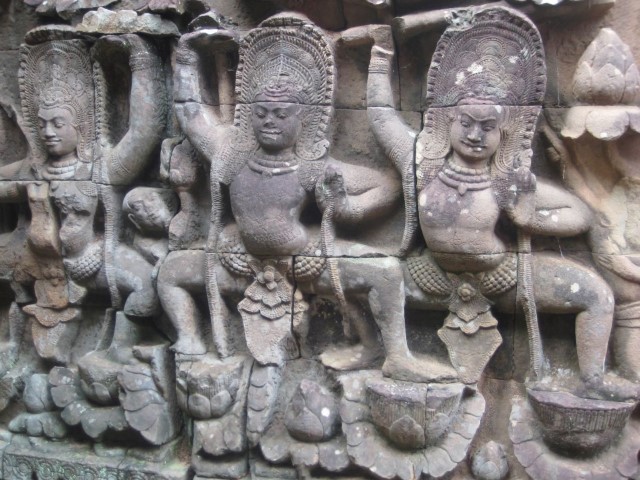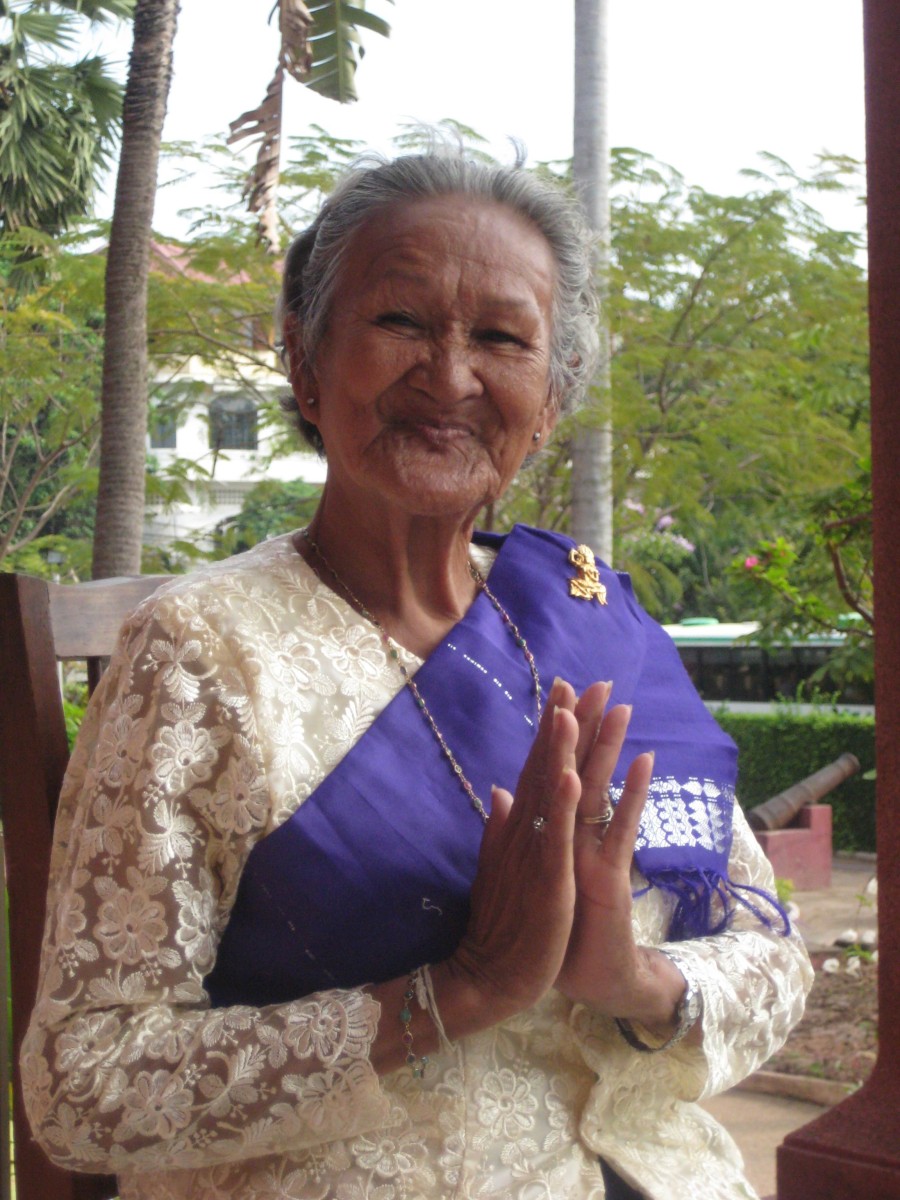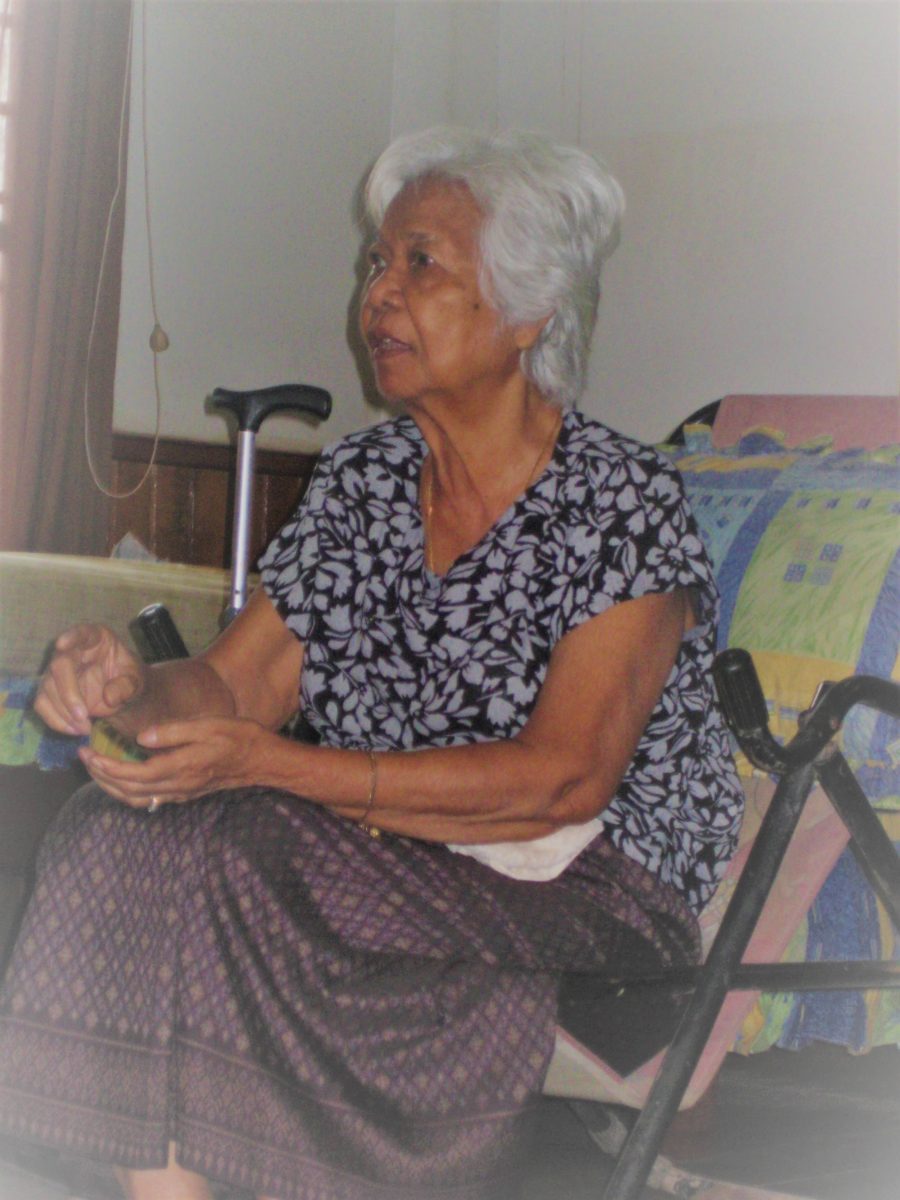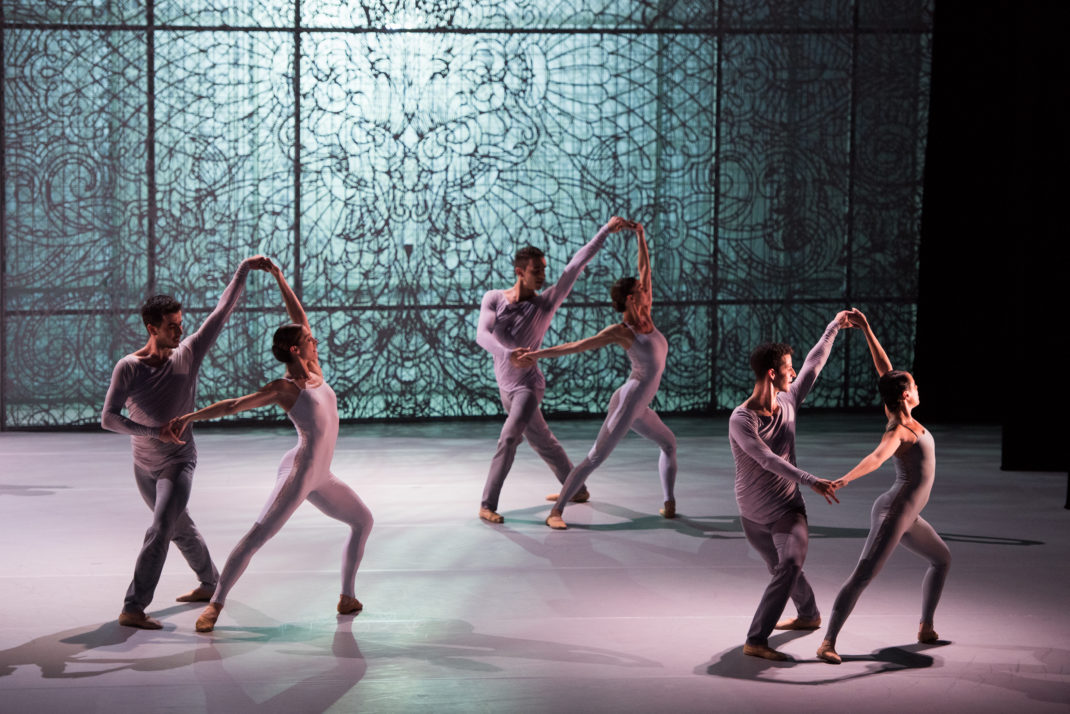- News from James Batchelor
James Batchelor continues to make a name for himself in Europe and November will see a national tour around Sweden by Norrdans (Northern Dance) of Batchelor’s latest work Event. Event will share the program with Everlasting—a new love by New York-based choreographer Jeanine Durning. Media for Event describes it as follows:
In Event by Australian choreographer James Batchelor, you encounter a sensuous world of looping patterns and oceanic ripples. Ornamented with a hint of the baroque, the dancers find joy in connection, synchronising and falling into rhythm with an original score from collaborator Morgan Hickinbotham.
Event premiered in late October. One reviewer (Yvonne Rittval) remarked, ‘The stage is covered by a painting with sinuous, swelling shapes in warm colors reminiscent of the Baroque. One gets the exciting feeling that the ten dancers, some wearing crinolines others in many layers of frills, have risen from the painting and are bringing it to life.’
Below is a brief teaser.
- Diaghilev’s Empire
Browsing one day in Dymocks bookshop in Sydney I spotted a book called Diaghilev’s Empire. How the Ballets Russes Enthralled the World. It was written by English opera critic and (in his own words) ‘incurable balletomane’ Rupert Christiansen and was published in late 2022. It had not previously come to my notice for whatever reason and my initial reaction was ‘not another book about Diaghilev’. But I bought it anyway and am in the process of reading it. So far it has turned out to be a fascinating read and more than interesting for the comments Christiansen has included from books written by those who danced, or otherwise engaged with Diaghilev and the Ballets Russes. But the one paragraph that continues to make me smile is a quote from American author and critic, Carl van Vechten, about the opening performance in Paris of Nijinsky’s Rite of Spring. Van Vechten remarked (and according to Christiansen this quote comes from Romola Nijinsky’s book Nijinsky):
A young man occupied the place behind me. He stood up during the course of the ballet to enable himself to see more clearly. The intense excitement under which he was labouring, thanks to the potent force of the music, betrayed itself presently when he began to beat rhythmically on the top of my head with his fists. My emotion was so great I did not feel the blows for some time. They were perfectly synchronised with the beat of the music.
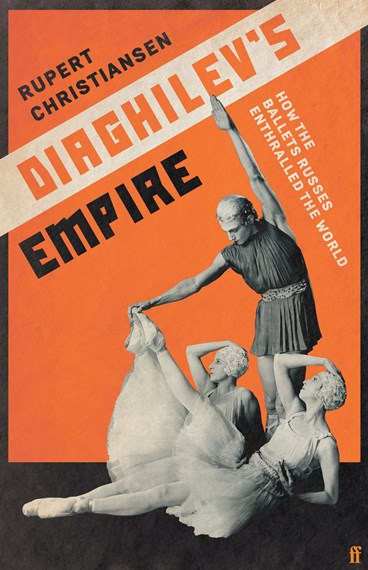
And so I continue with my reading!
- News from Houston Ballet
The most recent news from Houston Ballet is that Australian conductor Simon Thew has been appointed as the company’s musical director and chief conductor. Thew has had a distinguished career across many countries to date and has been the recipient of many awards including the Dame Joan Sutherland/Richard Bonynge Travel Scholarship and a Churchill Fellowship. Thew and Welch first came into contact in 2016 when Houston Ballet staged Welch’s Romeo and Juliet in Australia. On that occasion, Thew joined Houston Ballet’s Ermanno Florio as a guest conductor.
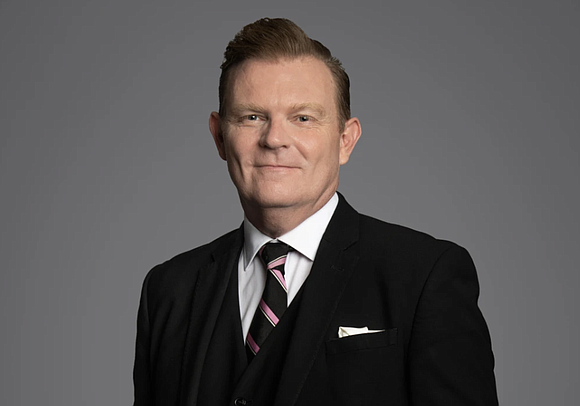
In other news, Stanton Welch has been at the helm of Houston Ballet for some 20 years now but last year former principal with American Ballet Theatre and recent artistic director of Washington Ballet, Julie Kent, joined him as co-artistic director. An article on that joint directorship written by Nancy Wozny recently appeared in Pointe Magazine. Read it at this link.
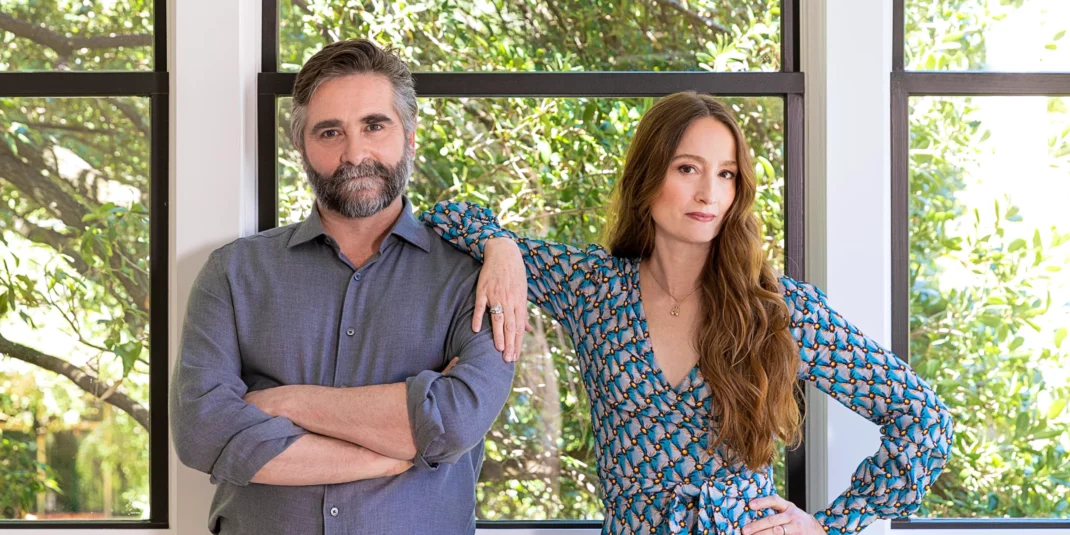
- Press for October 2023
’Yummy’ dancers strive for the taste of success.’ Canberra City News, 14 October 2023. Online at this link.
- And if you are a Halloween fan …
Enjoy!

Michelle Potter, 31 October 2023
Featured image: Publicity for Norrdans’ double bill Ever. Everlasting (from the Norrdans website)
